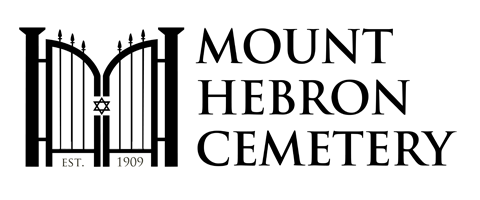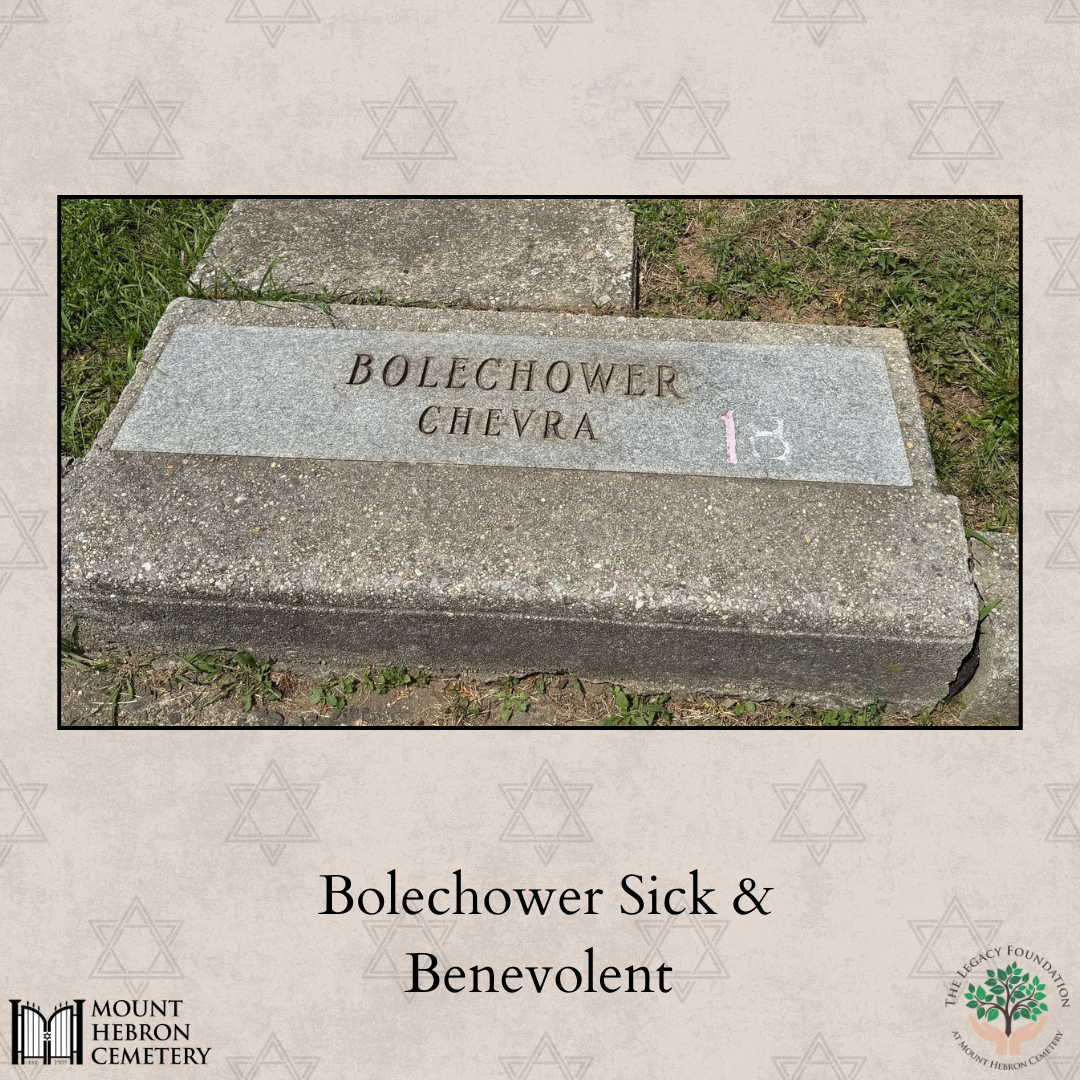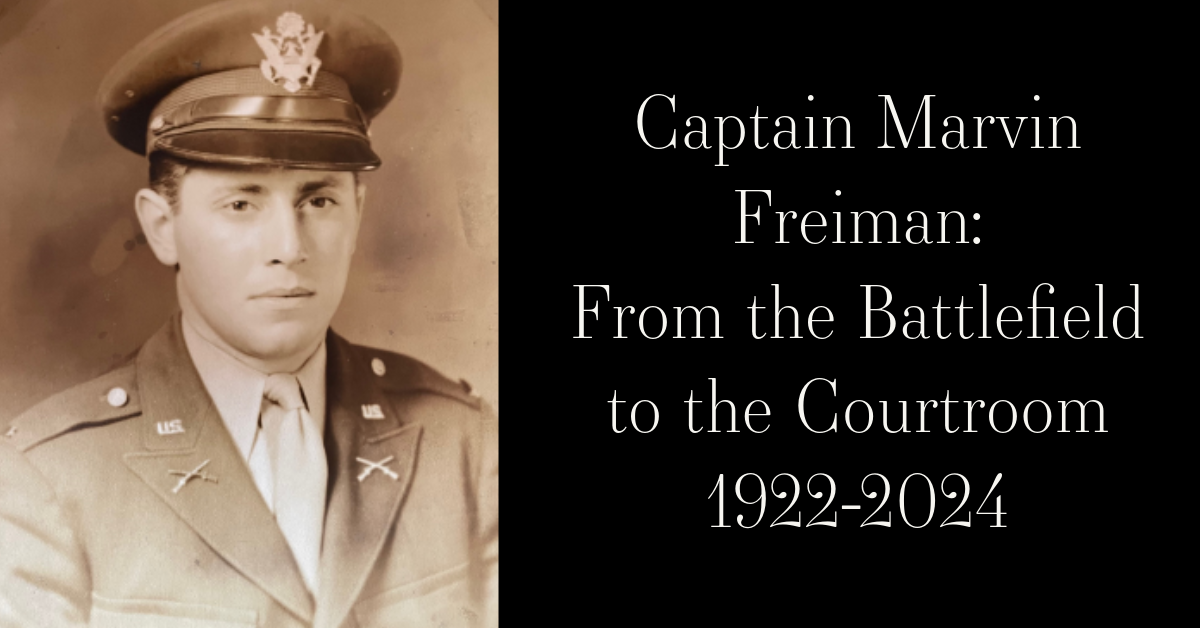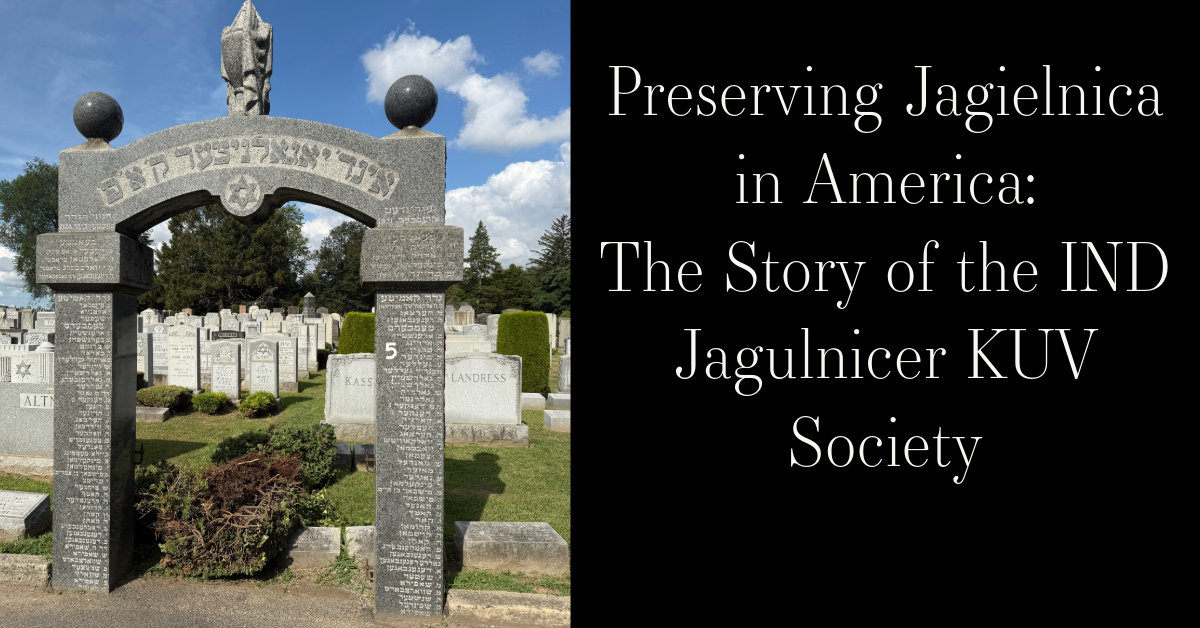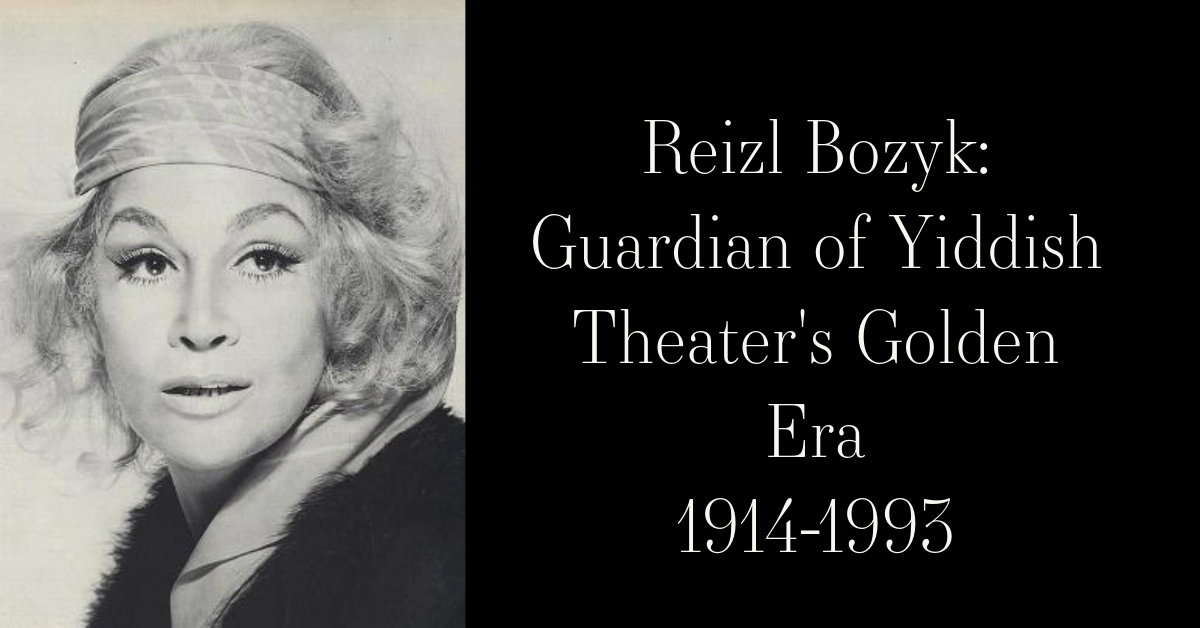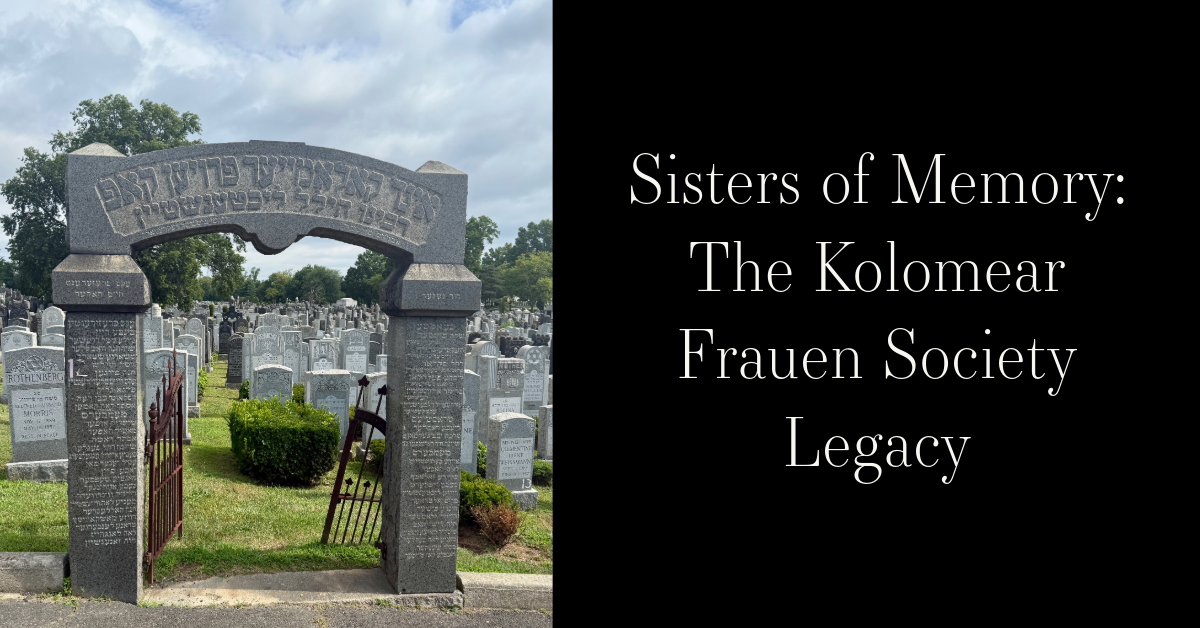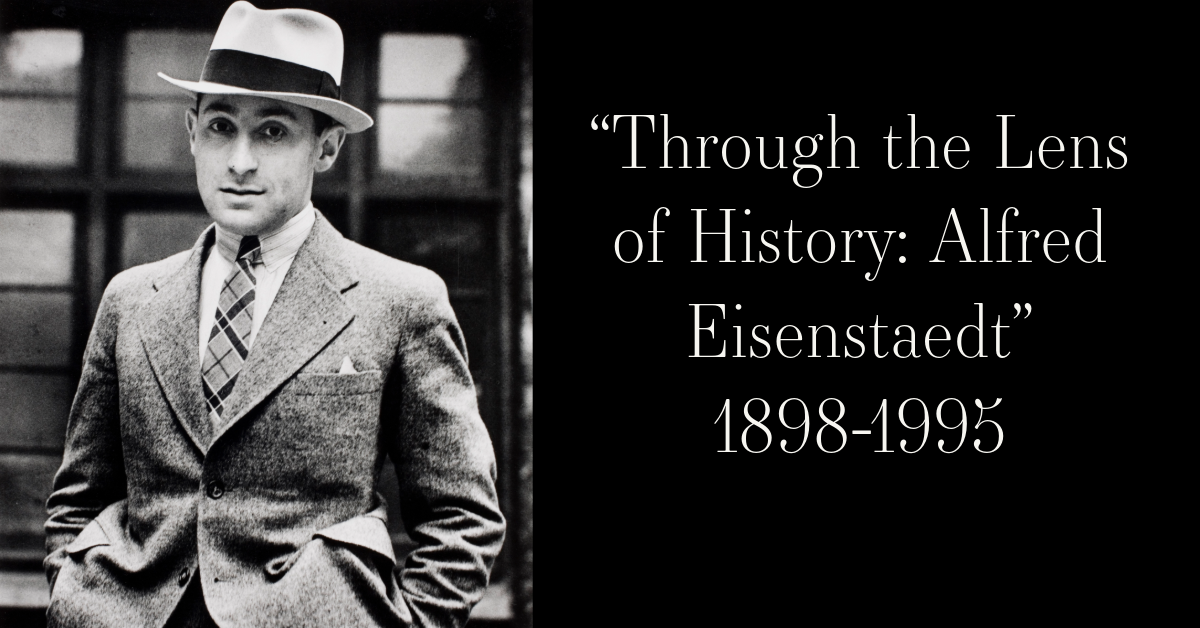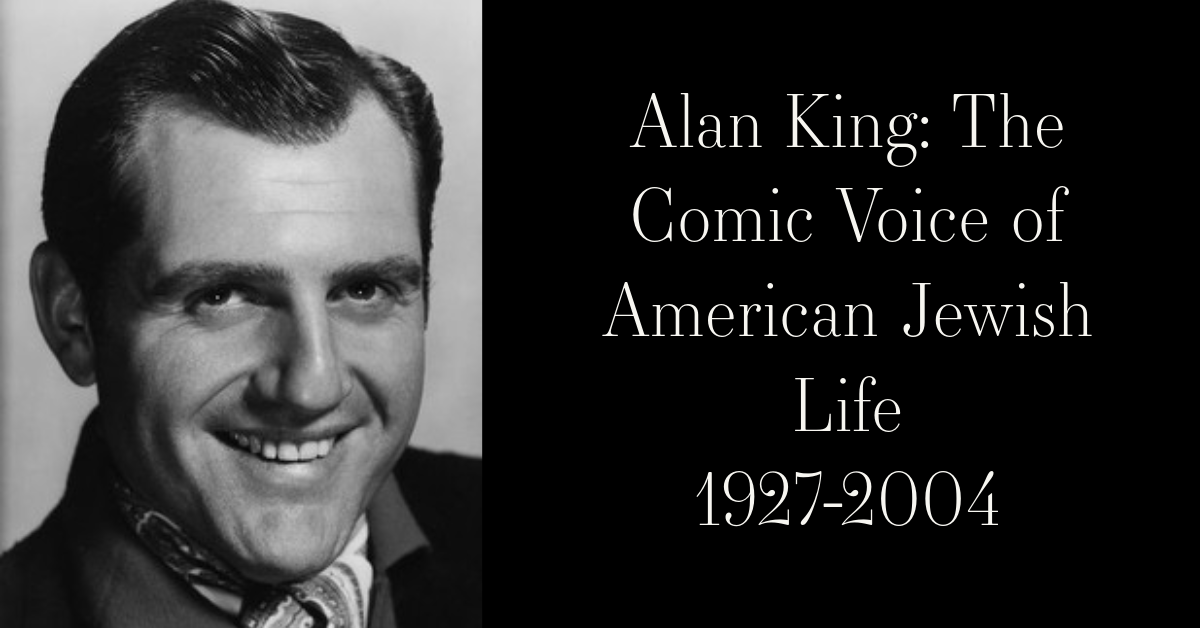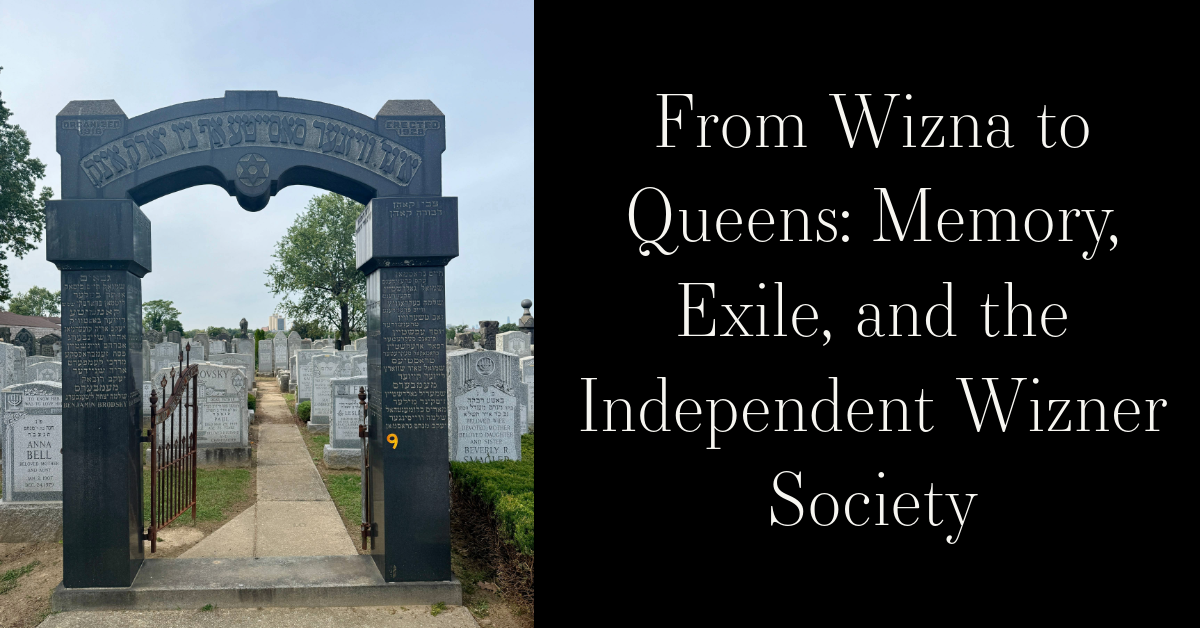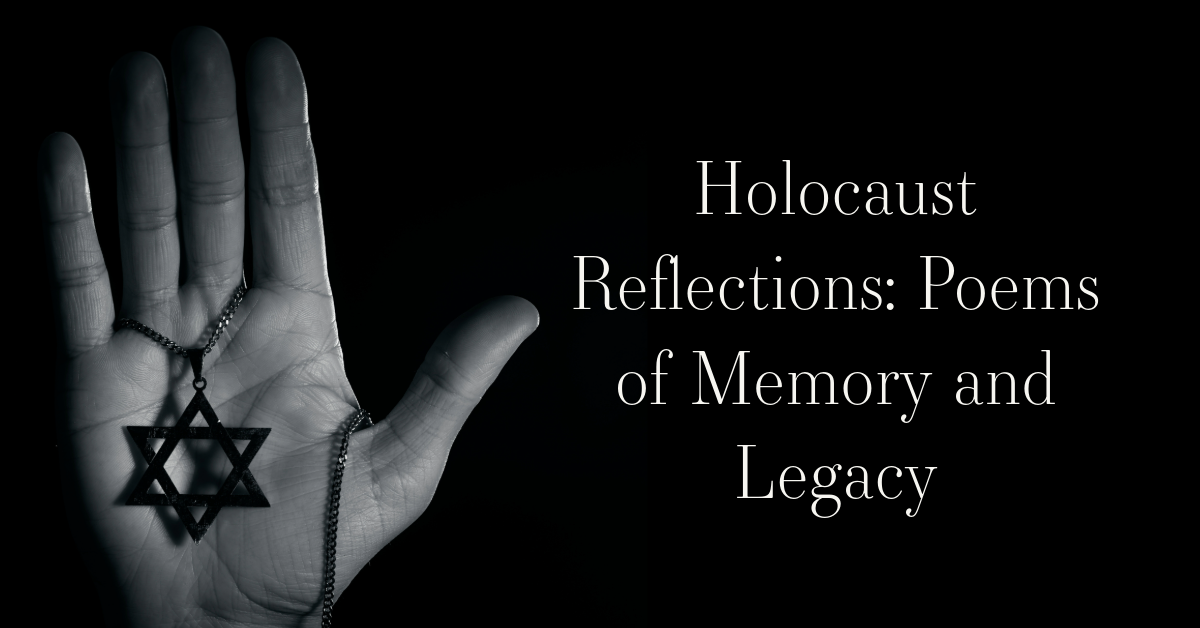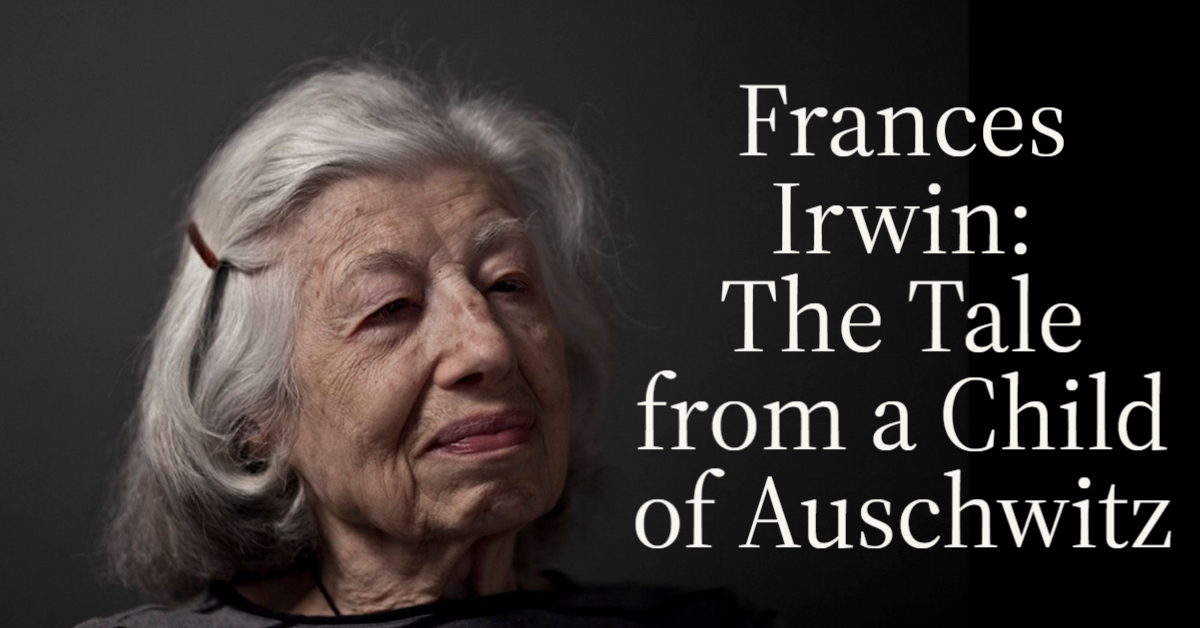Story Summary:
The Bolechower Sick and Benevolent Association was founded in 1898 New York by immigrants from Bolekhov (Bolechow), Ukraine. The association provided sick and death benefits, in addition to subsidized burial at the Mount Judah, Cedar Park, and Beth David Cemeteries. Initial Jewish settlement dates to the 18th century. The Jews of Bolekhov engaged mostly in trades. They established various communal institutions, and were active participants in the Zionist movement of the period. The Jewish community of Bolekhov perished following German occupation by July of 1941. Multiple memorial plaques have been erected in their name. Their memories live on. ~Olivia Scanlon
Bolechower Sick and Benevolent Blog
The Bolechower Sick and Benevolent Association was founded in 1898 New York by immigrants from Bolekhov (Bolechow), Ukraine. The association provided sick and death benefits, in addition to subsidized burial at the Mount Judah, Cedar Park, and Beth David Cemeteries.
Initial Jewish settlement dates to the 18th century after having received privileges to engage in trade and open stores (Jewish stores were exempted from the real estate tax). They mostly engaged in the salt/wine trades and the money-lending profession. In 1781, a Jewish boy’s school was established. The 19th century brought the community a Jewish hospital and a formal secular Jewish school that taught its students Hebrew, Polish, and German.
During the 20th century, the Jews of Bolekhov became very active in the growing Zionist movement, creating a Zionist-oriented girl’s school in 1902, a similar institution for boy’s in 1908, and multiple Zionist organizations, including the Tikvat Israel, Tseirei Zion and the He-Halutz. A weekly Zionist periodical was also established called the Die Welt (The World). During the early 1920s, the Jewish Joint Distribution Committee helped establish the first Jewish bank in Bolekhov.
In September of 1939, the Red Army occupied the town. By the summer of 1941, Ukrainian and German forces took over. In July, a pogrom was carried out resulting in a number of deaths. In August of the same year, the Nazi race-laws were introduced, subjecting the Jewish community of Bolekhov to systematic discrimination and exclusion. That same month, the Juderat and labor camp were established in Bolekhov. On October 28th/29th, about 750 Jews were sent to the Taniawa Village and executed. A second “aktion” was carried out in April of 1942, resulting in about 450 people killed. By June of 1942, there were over 4000 Jews in Bolekhov. About 1500 of them were sent to perform forced labor. After the third “aktion” in September 1942, about 2500 Jews remained. In October/November of the same year, some Jews were transported to the Stryj ghetto. Those who were able to perform work stayed in Bolekhov. In December, many who stayed behind were killed. August 23rd, 1943 marked the liquidation of the ghettos. About 3800 were killed in total during the liquidation process, and about 450 were sent to the Belzec concentration camp. The area at large was then declared Judenrein (“Free of Jews”).
Over 40 people who managed to hide in the surrounding forests survived to see the town’s liberation in the Spring of 1944. They eventually left for Poland after the war. The Jewish cemetery on Mandryka Street is open to the public, with there being nearly 3000 matzevot (Jewish headstones - plural for matzeva). A Holocaust memorial, erected by the Soviet Authority, exists in the former House of the Red Army (DKA- Dom Krasnoi Armii), which marks an assembly/killing site. It commemorates the victims of the Holocaust. In 2007, descendants of Bolechow’s Jews established the Bolechow Jewish Heritage Society - aimed at protecting and commemorating the Jewish cemetery and other Jewish heritage sites of the area. In 2009, a cleaning of the Jewish cemetery took place (financed by the JHS committee from Israel with help from the United States). A dedication ceremony and installation of the memorial plaque took place on August 18th, 2009.
http://yivoarchives.org/index.php?p=collections/controlcard&id=34205
https://shtetlroutes.eu/en/bolekhv-putvnik/#:~:text=During%20the%20Nazi%20rule%20in,of%20them%20left%20for%20Poland.
https://www.jewishgen.org/yizkor/bolekhov/bolekhov.html
https://www.jgaliciabukovina.net/110717/community/bolechow
https://bolechow.org/history
https://www.jewishvirtuallibrary.org/bolekhov
https://cja.huji.ac.il/browser.php?mode=set&id=51587
https://maps.geshergalicia.org/cadastral/bolechow-bolekhiv-1878-2/
~Blog by Olivia Scanon

